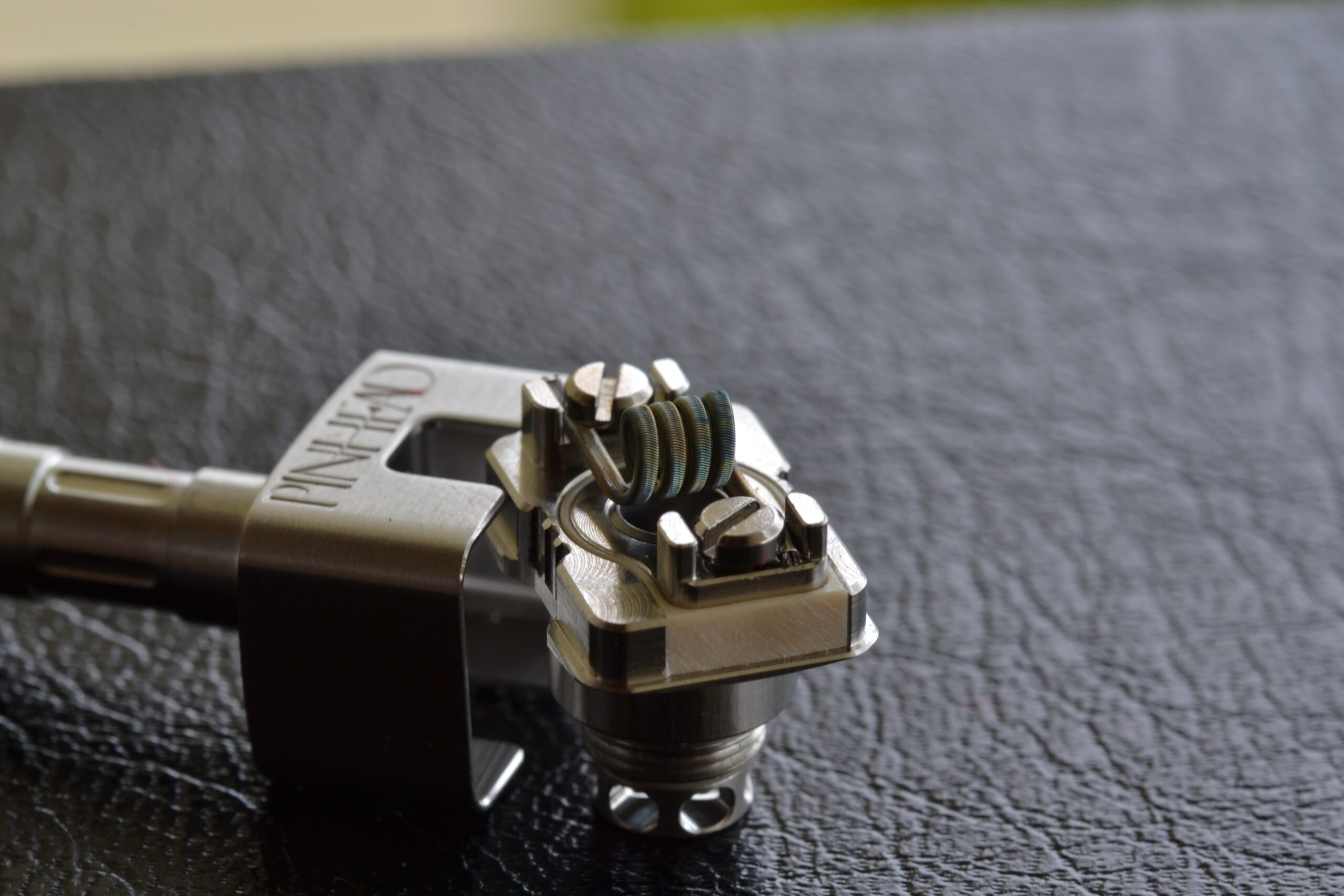Hotspots are a phenomenon that typically occurs during coil assembly and manifests as irregular ignition, localized in small points instead of a uniform activation across the coil. Typically, on a newly installed coil, you can see spots that light up before the rest of the coil. The ohm value is also affected: because the current takes a shorter path through the resistance, the coil’s reading is much lower than expected.
An excessively low ohm value compared to expected values is always a symptom of a hotspot!
This is an almost inevitable phenomenon linked to the coil’s wrap, that is, the outer winding. It involves the creation of “alternative paths” for the current through the outer wrap instead of the inner core. It is often confused with the coil’s quality, and many myths have arisen around this phenomenon, attributed to things like wire stress (but what does that mean?) or poorly constructed coils.
The truth is that it is much more related to the coil’s complexity and the diameter of the wires used. Simply put, a finer or more complex wrap will make more windings around the core. Consequently, there will be more contact points that can create undesired paths. Similarly, more complex wraps like interlock or stitched wraps double the likelihood of hotspot formation.
Naturally, the number of wraps also matters: a big-ass coil uses twice the material compared to a “normal” coil and consequently has twice the chances of forming hotspots.
Finally, the “softness” of a coil: the more complex a coil is, the thinner the wire diameters will be, making the coil less rigid. A softer coil is more likely to come apart during assembly.
In other words, the more premium a coil is, the more experience a vaper will need to remove hotspots! Let’s look at the best solutions:
When performing the first activations or a dry burn, it’s wise to drastically reduce the wattage. Applying too much power to a hotspot could permanently weld it, making future removal impossible.
People often tend to scrape the surface to remove hotspots. While effective, this method is risky, especially on expensive coils with intricate wraps like staggerton, interlock, stitched, etc. The safest solution is to slightly separate the wraps where the hotspots form.
Prevention is better than cure! When mounting a coil on the atomizer, it’s wise to slightly separate the coil’s legs from the windings with a gentle push using a screwdriver tip. This will remove the first unwanted contact point and make hotspot removal easier.
When inserting the cotton, the coil might generate new hotspots. An ohm value reading will promptly reveal them. Fortunately, if you’ve done a good job removing them initially, they will be easy to fix—just push the wraps outward to restore the correct path.
When you remove the cotton to perform a dry burn, the coil may come apart, requiring you to remove some new hotspots. Reducing the wattage is essential to avoid damage.
A video is worth a thousand words, so here’s a quick tutorial to effectively remove hotspots:

